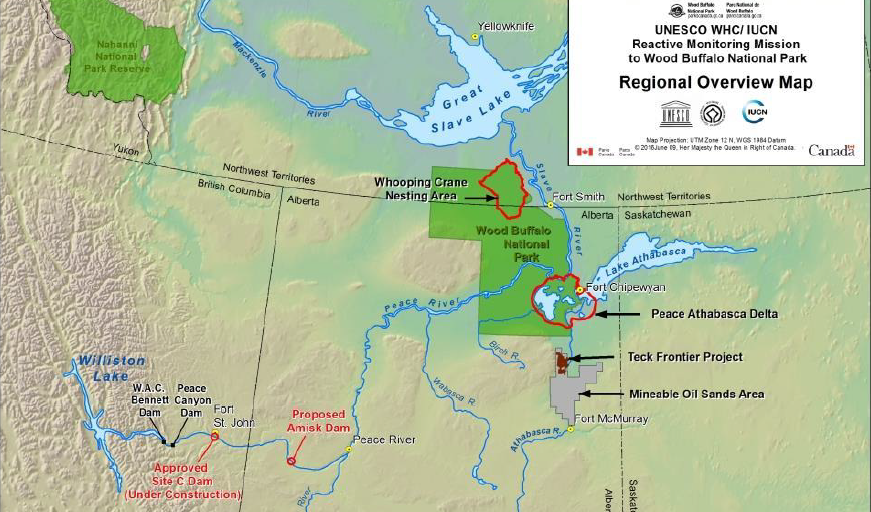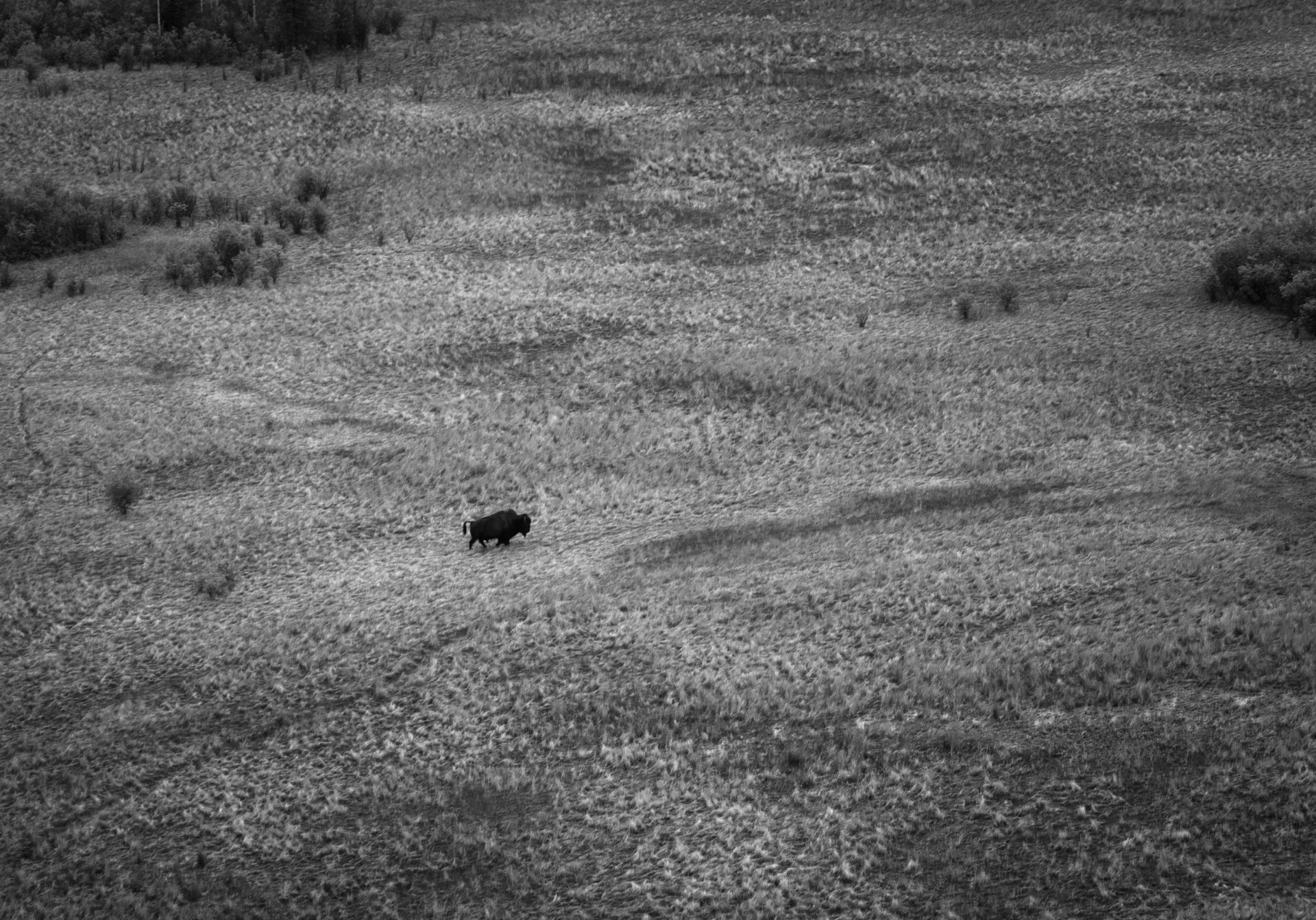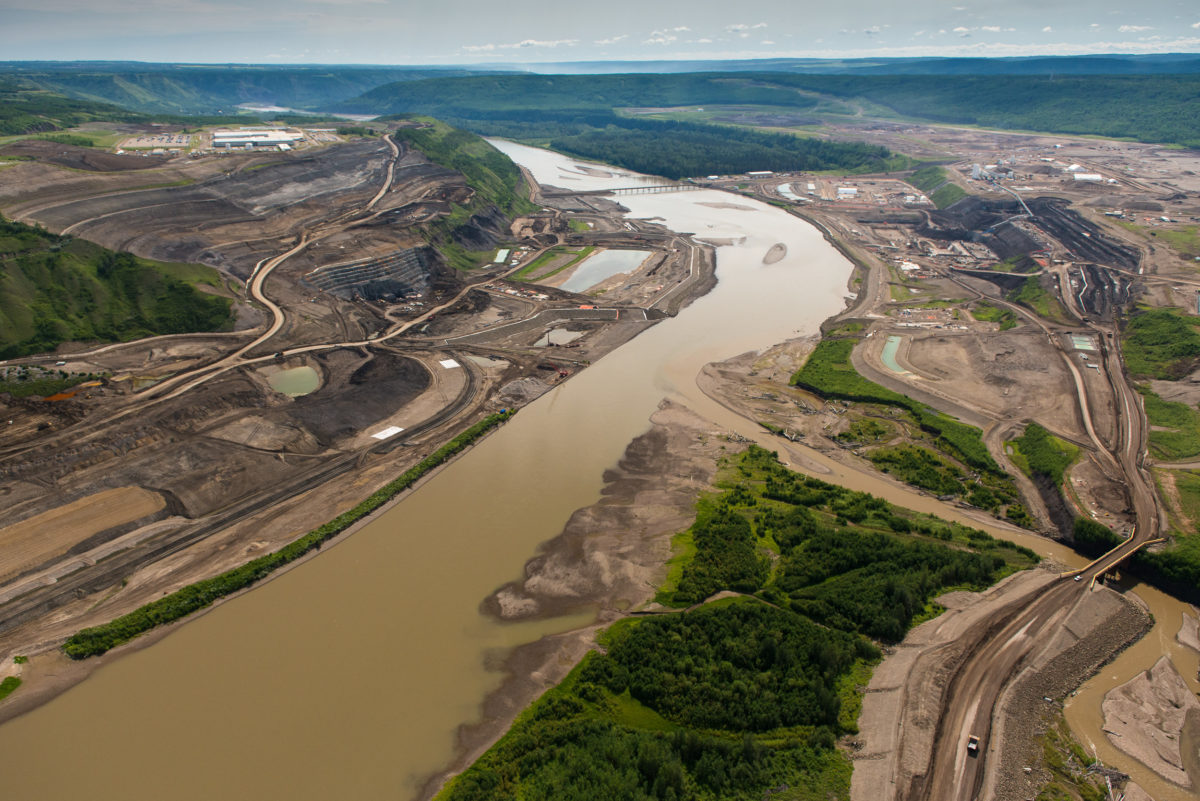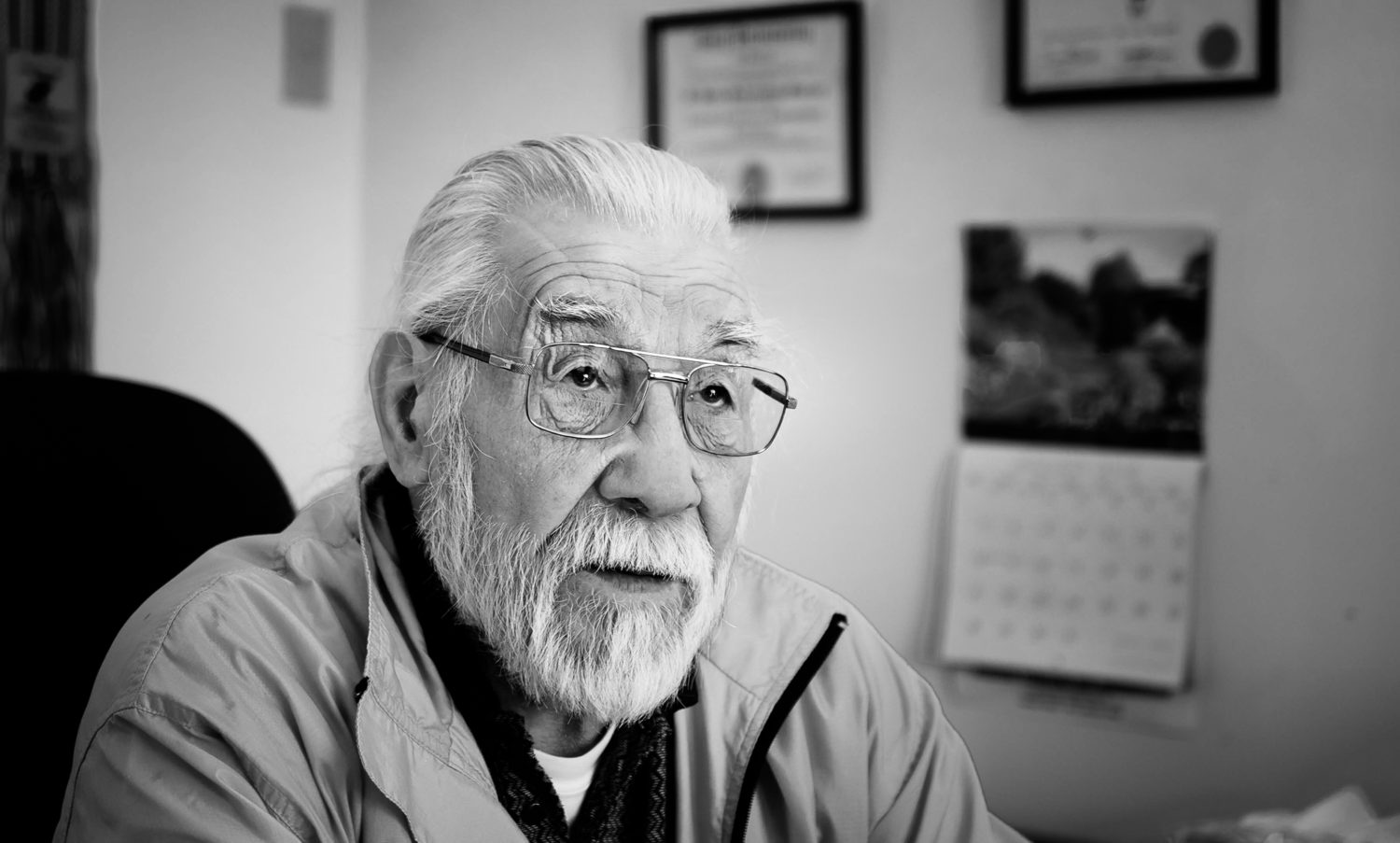
The Narwhal’s in-depth environmental reporting earns 11 national award nominations
From disappearing ice roads to reappearing buffalo, our stories explained the wonder and challenges of...
The federal government’s plan to halt the declining environmental health of Wood Buffalo National Park falls short, according to a UNESCO World Heritage Centre draft decision.
The draft “notes with serious concern” the downward trend of the park’s ecosystems, especially in the Peace-Athabasca Delta, and says continued deterioration could result in Canada’s largest national park being included in the list of World Heritage in Danger.
“Considerably more effort will be needed to reverse the negative trends at a time when climate change combined with upstream industrial developments and resource extractions are intensifying,” it says.
Among concerns set out in the draft decision are the failure to assess the effects of the Site C dam and the prospect of oilsands development moving closer to the park if the massive Teck Frontier oilsands mine
is approved.
“It is noted that 47 further oilsands projects are being considered, besides the 37 already operating facilities, whose current and potential cumulative impacts are of serious concern,” it says, adding that Canada should “conduct a systematic risk assessment of the tailings ponds of the Alberta oilsands as a matter of priority.”

Map of threats to Wood Buffalo National Park from UNESCO report.
The message will not be sugar-coated when Melody Lepine and other members of Alberta’s Mikisew Cree First Nation address members of the World Heritage Committee early next month at a meeting in Baku, Azerbaijan.
Despite a federal government pledge to spend $27.5 million over five years to implement an action plan designed to improve the health of Wood Buffalo, the state of Canada’s largest park is continuing to deteriorate, said Lepine, Mikisew government and industry relations executive director.
“Canada has not taken any action yet. They have the action plan and they announced the funding, but the outstanding universal values (of the park) and the Peace-Athabasca Delta are still deteriorating. They have approved Site C and we are waiting to see the decision on Teck Frontier, but there is just no firm action,” Lepine told the Narwhal.
“We will be telling the committee that $27 million is still not enough. It is a drop in the bucket when you are dealing with a park the size of Switzerland and the threats are just mounting. The action plan is underfunded and we need them to take action to improve the quality of water in the Delta and not just talk,” Lepine said.

Lone bull buffalo crossing a field in Wood Buffalo National Park. Photo: Louis Bockner / Sierra Club BC
In 2014, Mikisew Cree, alarmed by the deteriorating state of the park, asked UNESCO’s World Heritage Committee to add Wood Buffalo to the list of World Heritage in Danger.
Following a visit to the park by committee members, UNESCO warned that the park was in danger of losing its World Heritage status and made 17 recommendations including an environmental and social impact assessment of B.C.’s Site C dam.
Canada was asked to produce a plan addressing the recommendations and detailing how to restore ecosystems in the 4.5 million hectare park that stretches from the northeast corner of Alberta into the Northwest Territories.
The report card on Canada’s action plan contained some encouragement, including applauding Bill C-69
, which aims to improve environmental assessments, and the creation of provincial parks, which act as a Wood Buffalo buffer zone.
A statement from Parks Canada said the federal government is committed to protecting Wood Buffalo and does not expect it to be included on the list of World Heritage in Danger.
“While acknowledging that there is more work to be done, the draft decision affirms the government of Canada’s commitment to the ongoing protection and management of Canada’s largest park and World Heritage Site. The government of Canada and its partners will continue to work together to advance the measures outlined in the action plan,” it says.
If the committee endorses the draft decision, Canada will be asked to submit an updated conservation report, including detailed assessments of the impacts on the Peace-Athabasca Delta of Site C
and other dams on the Peace River, by Dec. 1, 2020, for consideration by the World Heritage Committee the following year.

Construction on the Site C dam in the summer of 2018. Photo: Garth Lenz / The Narwhal
Lepine said that means Canada has a lot of work to do over the next two years.
“Canada has more to do to show Canadians and the world that the park is on the path to recovery,” she said.

Mikisew Cree Chief Archie Waquan in Fort Chipewyan, Alta. Photo: Louis Bockner / Sierra Club BC
Mikisew Cree Chief Archie Waquan said in a news release that the draft decision makes it clear that inaction is no longer an option when it comes to Wood Buffalo.
“The draft decision reflects clear science and an international recognition that Canada’s efforts need to be swift and comprehensive to get the park back on track,” Waquan said.
“We hope Canada, Alberta and British Columbia will rise to the challenge and do so in partnership with us,” he said.
Get the inside scoop on The Narwhal’s environment and climate reporting by signing up for our free newsletter. On a warm September evening nearly 15...
Continue reading
From disappearing ice roads to reappearing buffalo, our stories explained the wonder and challenges of...

Sitting at the crossroads of journalism and code, we’ve found our perfect match: someone who...

The Protecting Ontario by Unleashing Our Economy Act exempts industry from provincial regulations — putting...
